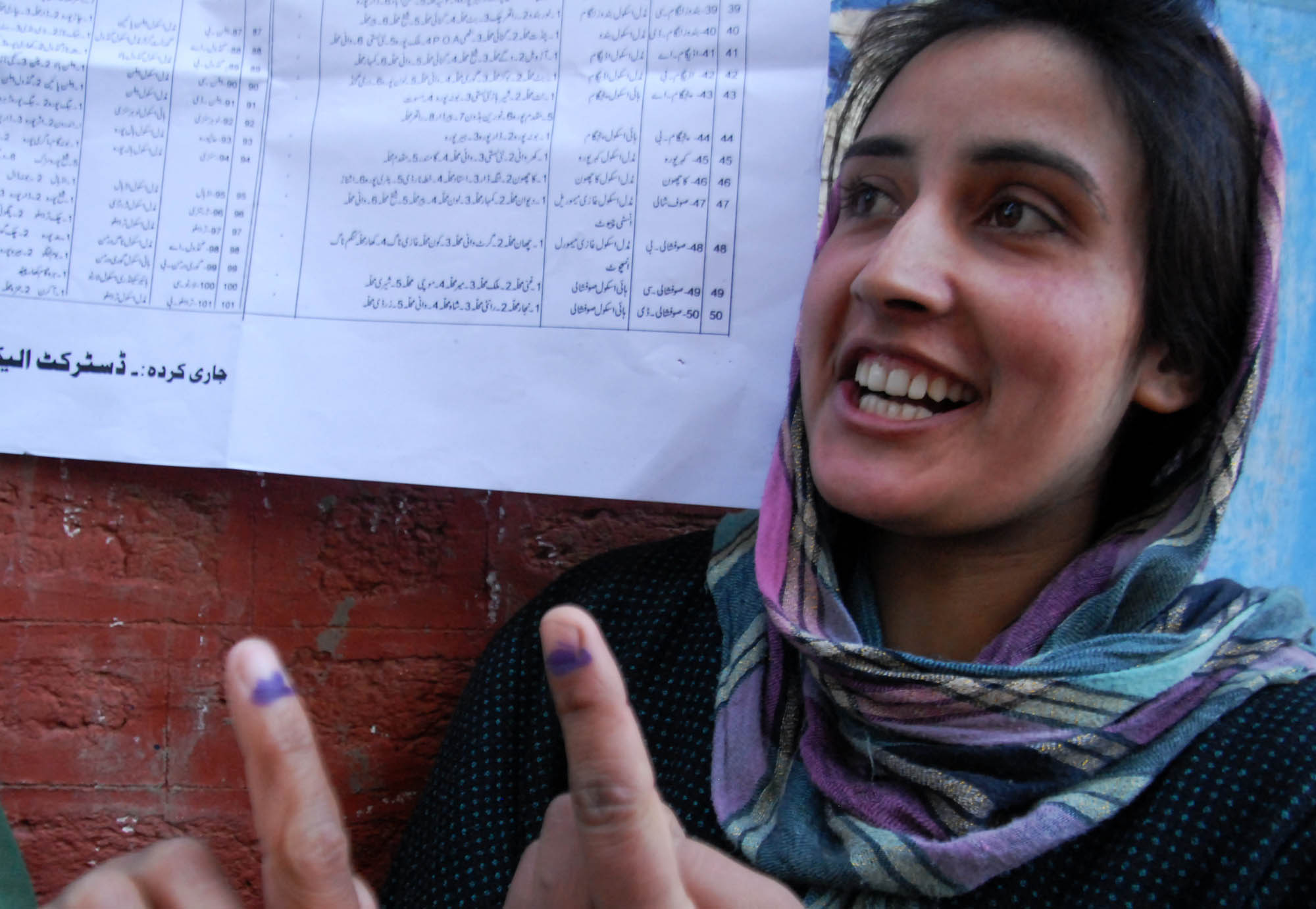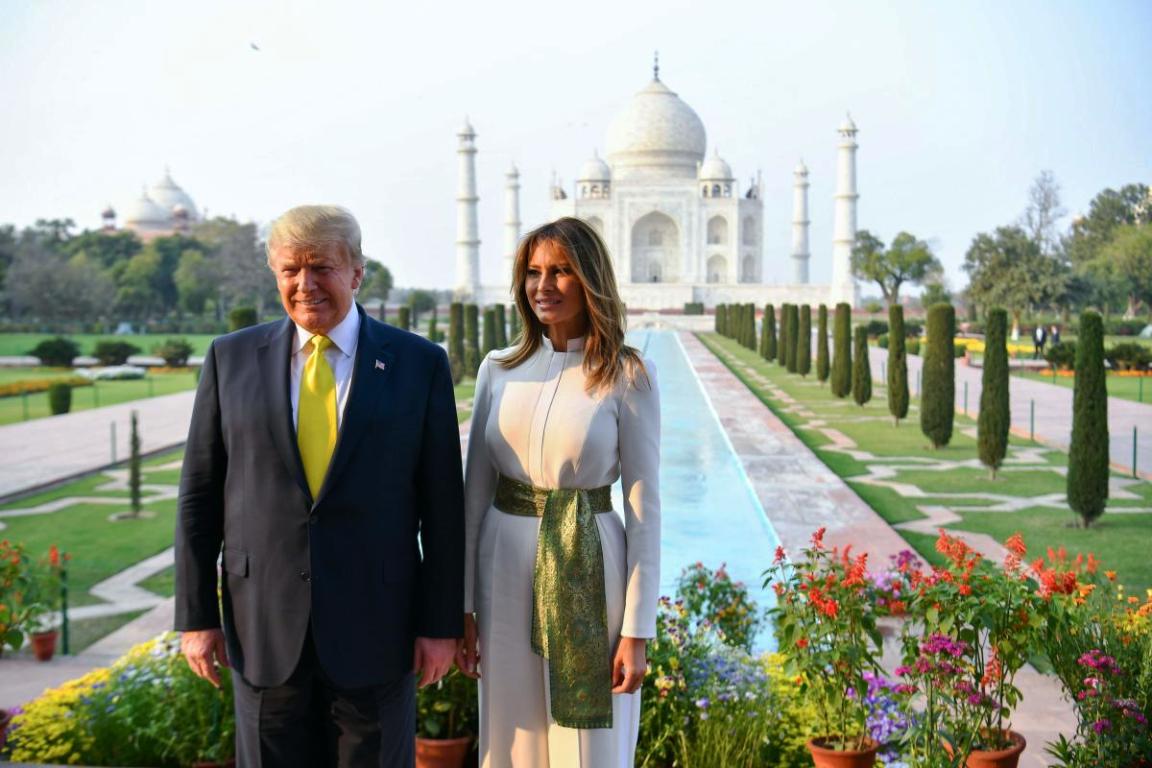by Asad Mirza
Iranian President Ebrahim Raisi, who was killed when his helicopter crashed on May 19, 2024, in a mountainous border region, was a consummate regime loyalist whose passing will be a severe blow to the country’s leadership. The change forced by the incident will have important implications for an Iranian state that is consumed by domestic challenges, and regional and international confrontation.
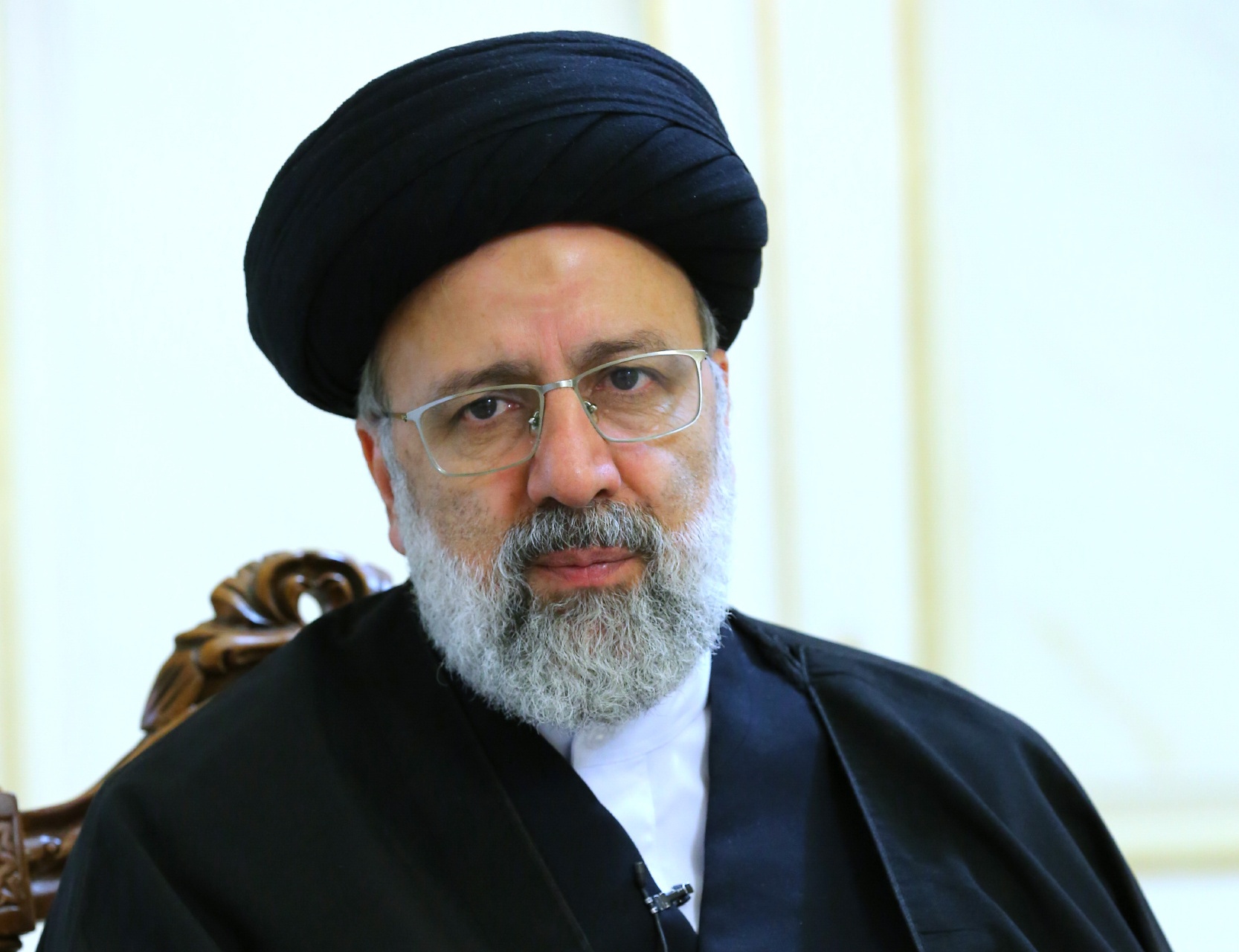
Since the Iranian Revolution of 1979, Raisi acted as an assiduous apparatchik of the Islamic Republic and a prominent protégé of the supreme leader Ayatollah Khamenei.
Before becoming president in 2021, Raisi held various positions at the judiciary ministry, under the purview of the supreme leader. Since 2006, Raisi served on the Assembly of Experts, a body that appoints and supervises the supreme leader.
And despite being seen as lacking charisma and eloquence, it was thought that Raisi, 63, was being groomed to succeed the 85-year-old Khamenei as supreme leader.
A Chequered Domestic Record
Domestically, Raisi’s presidency was both the cause and consequence of a legitimacy crisis and societal challenges for the regime.
He controversially won the 2021 presidential election after a high number of candidate disqualifications by the Guardian Council, which vets candidates, and a historically low voter turnout of less than 50 per cent.
To appease his conservative base, Raisi and his government reinvigorated the morality police and re-imposed religious restrictions on society. Meanwhile, under Raisi, Iran’s economy continued to suffer due to a combination of government control, along with US sanctions that have intensified in response to Tehran’s overseas provocations in favour of Muslims the world over.
Confrontation over Rapprochement
Domestic turmoil under Raisi’s presidency was accompanied by shifts in Iran’s regional and international role.
As supreme leader, Khamenei has the final say on foreign policy. But Raisi presided over a state that continued down the path of confrontation toward its adversaries, notably the US and Israel. And whether out of choice or perceived necessity, Tehran has moved further away from any idea of rapprochement with the West.
Faced with increased US sanctions, Iran under Raisi has been reluctant to revive the nuclear deal. Instead, Iran has increased uranium enrichment, blocked international inspectors, and become a nuclear threshold state.
Raisi also continued the “Look to the East” policy of his predecessor, Hassan Rouhani. To this end, he and his government pursued greater rapprochement with China.
Beijing, in turn, offered an economic lifeline by importing Iranian oil and brokering a diplomatic agreement between Iran and Saudi Arabia in March 2023.

Meanwhile, under Raisi’s presidency, Iran continued to serve as an ally and funder of anti-US and anti-West conflicts, delivering combat drones to Russia for use in Ukraine and providing arms to various regional proxies in the Middle East.
Since the war in Gaza began on October 7, 2023, Iran under Khamenei and Raisi had maintained a delicate balance between enabling its regional proxies to counter Israel and the United States while avoiding a confrontation with both countries, who are conventionally superior foes.
Raisi – although not directly responsible for foreign policy – had been a key supporter of the Iranian regime’s attempts to further distance itself from the established international order and seek alliances with countries similarly antagonistic toward the West.
A Change
In Raisi, Supreme Leader Khamenei had a long-time loyalist, a regime insider and a prospective successor. Regionally and internationally, it could mean forging stronger ties with budding allies and pursuing calculated confrontation against traditional adversaries.
India-Iran Relationship
Ebrahim Raisi and his foreign minister Amirabdollahian were key to the conclusion of some of India’s major investments in Iran’s Chabahar Port, located just 200 km from China-funded Gwadar port in Pakistan, and key to India’s connectivity ambitions with Russia through Central Asia. External Affairs Minister Dr S Jaishankar visited Iran in January this year with a focus on concluding the Chabahar Port Deal and developments on the North-South Corridor.
Iran is at the centre of the International North-South Transport Corridor (INSTC). Just last week, Shipping Minister Sarbananda Sonowal signed on the deal to operate Chabahar Port for the next 10 years in a major geo-economic breakthrough for the two countries.
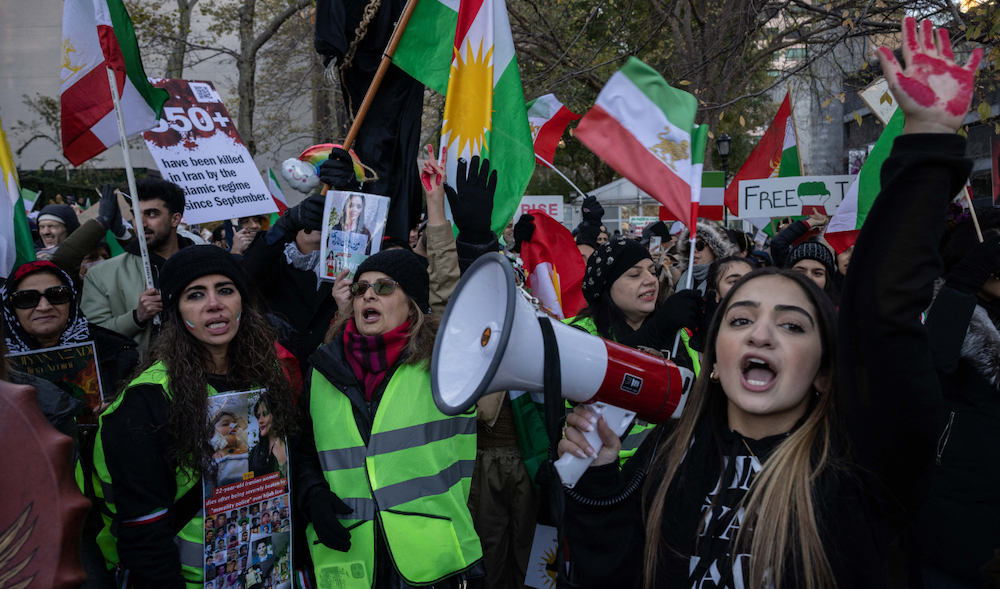
New Delhi had been Tehran’s key supporter for joining the BRICS (Brazil, Russia, India, China, and South Africa), a development that finally took place in September 2023 during the South Africa BRICS summit.
Before that, in New Delhi’s corridors of power, Tehran’s support to the New Delhi-led Voice of the Global South summits was widely acknowledged.
Despite Washington’s relentless pursuit against Iranian interests, it was India that secured a waiver from the US in 2018 for investments related to Chabahar Port through its steadfast diplomatic capital. Tehran recognises New Delhi’s geo-economic significance and it’s this exact recognition that drove the two sides closer during Raisi’s years in power.
Prime Minister Narendra Modi’s message of condolence in terms of Raisi’s “contribution to strengthening the India-Iran bilateral relationship” indicates the strides the two countries have made in recent years.
Even after his death, his critics describe him as a hardliner, who quashed dissent forcefully. But the bigger question is whether this was indeed a mechanical failure or a sabotage or part of a larger conspiracy. Additionally, why Raisi and Amirabdollahian were cleared to travel by the security and intelligence agencies in the same 40-year-old helicopter? If indeed it was a conspiracy, then who was behind it? Only time will tell.
Added to this is the fact that the crash has set the tongues wagging with some pointing out to a conspiracy angle. Unconfirmed reports say that it might be a result of a succession game in Iran, with fingers being pointed at Mojtaba Khamenei, son of the supreme leader Ayatollah Ali Khamenei, whom the supreme leader may want to take over as the supreme leader but paradoxically he was also grooming Raisi for the top post. Mojtaba Khamenei, who remains in the shadows and maintains a very low public profile, is believed by observers to be the second-in-command at the office of the supreme leader behind the longstanding chief gatekeeper Mohammad Golpayegani. And this crash might serve to clear the road for his accession to the top post in Iran.
Hossein Amirabdollahian?
Hossein Amirabdollahian was Iran’s Foreign Minister, a hard-liner close to the country’s paramilitary Revolutionary Guard, who confronted the West while also overseeing indirect talks with the US over the country’s nuclear program.
Amirabdollahian represented the hard-line shift in Iran after the collapse of Tehran’s nuclear deal with world powers after then-US President Donald Trump unilaterally withdrew America from the accord. He served under President Ebrahim Raisi, a protégé of Supreme Leader Ayatollah Ali Khamenei, and followed their policies.
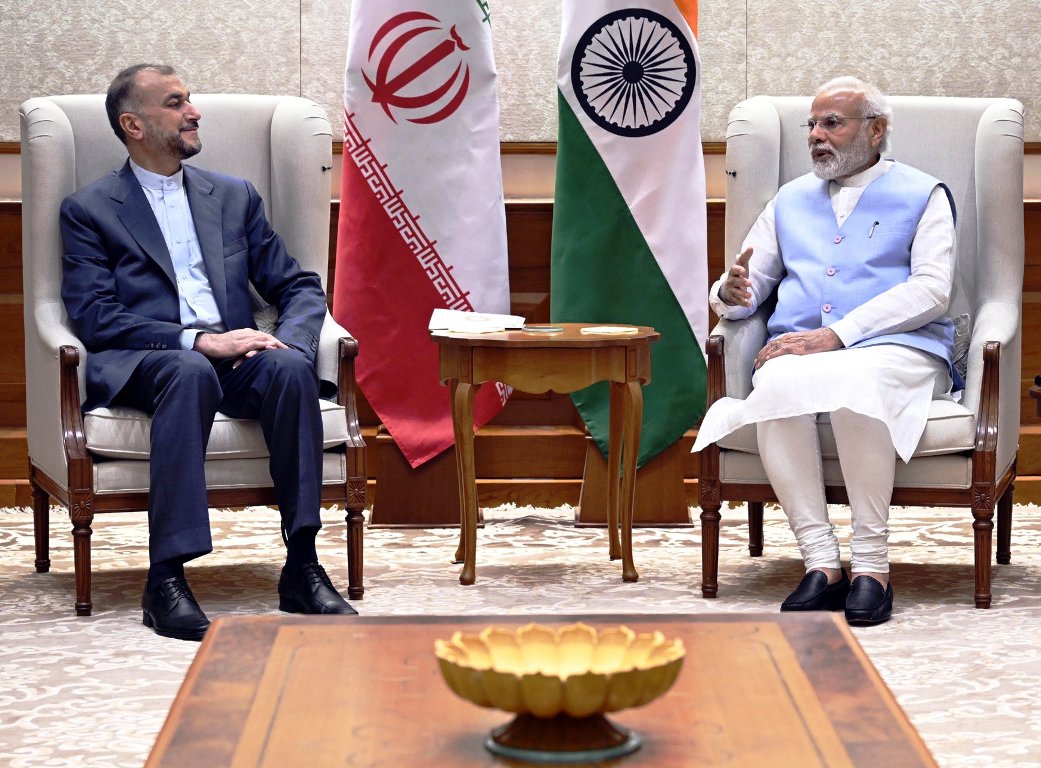
As the foreign minister Amirabdollahian represented the hard-line shift after the collapse of Tehran’s nuclear deal with world powers. However, Amirabdollahian also was involved in efforts to reach a détente with regional rival Saudi Arabia in 2023, a move eclipsed months later by tensions that arose over the Israel-Hamas war.
Amirabdollahian served in the Foreign Ministry under Ali Akbar Salehi from 2011 through 2013. He then returned for several years under Foreign Minister Mohammad Javad Zarif, who was a key player in the nuclear deal reached under the administration of the relatively moderate President Hassan Rouhani.
But Zarif and Amirabdollahian had a falling out, likely over internal differences in Iran’s foreign policy. Zarif offered him the ambassadorship to Oman, still a strategically important post given the sultanate long serving as an interlocutor between Iran and the West. But Amirabdollahian refused. He became foreign minister under Raisi with his election in 2021. He backed the Iranian government’s position, even as mass protests swept the country in 2022.
During the Israel-Hamas war, he met with foreign officials and the leader of Hamas. He also threatened retaliation against Israel and praised an April attack on Israel. He also oversaw Iran’s response to a brief exchange of airstrikes with Iran’s nuclear-armed neighbour Pakistan and worked on diplomacy with the Taliban in Afghanistan, with whom Iran had tense relations.
Mohammad Mokhber: Iran’s Interim President
Mohammad Mokhber is Iran’s current interim president. The former first vice president held an extraordinary meeting with judiciary chief Gholamhossein Mohseni Ejei and Mohammad Bagher Ghalibaf, the parliament speaker, on Monday morning. As per the constitution, the three must set things in motion for a new presidential election to be held within 50 days. Mokhber will remain interim president until then.
Raisi appointed Mokhber as the first vice president in August 2021, shortly after Raisi took office. He is the seventh person to serve in that role since the revision of the constitution in 1989 – and one of the most influential.
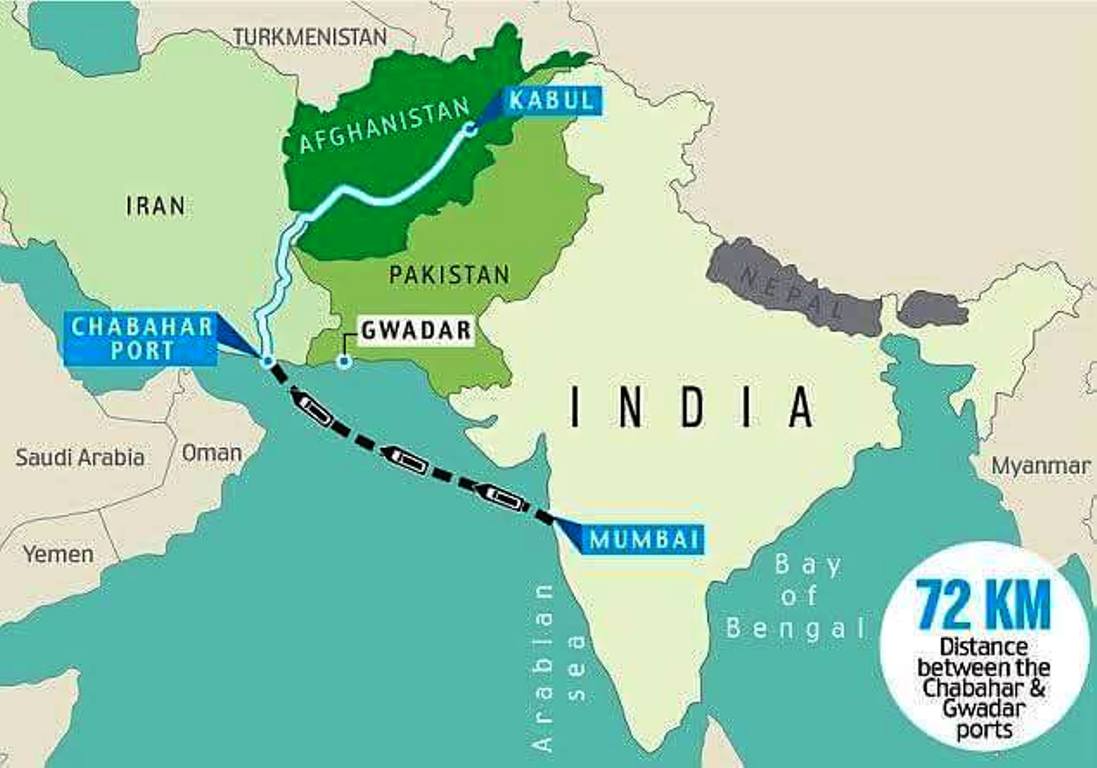
As first vice president, Mokhber travelled across the country to inaugurate a variety of government development projects and accompanied Raisi or led delegations himself on many foreign trips. He is reported to have visited Russia, along with senior military and security officials, to discuss arms transfers.
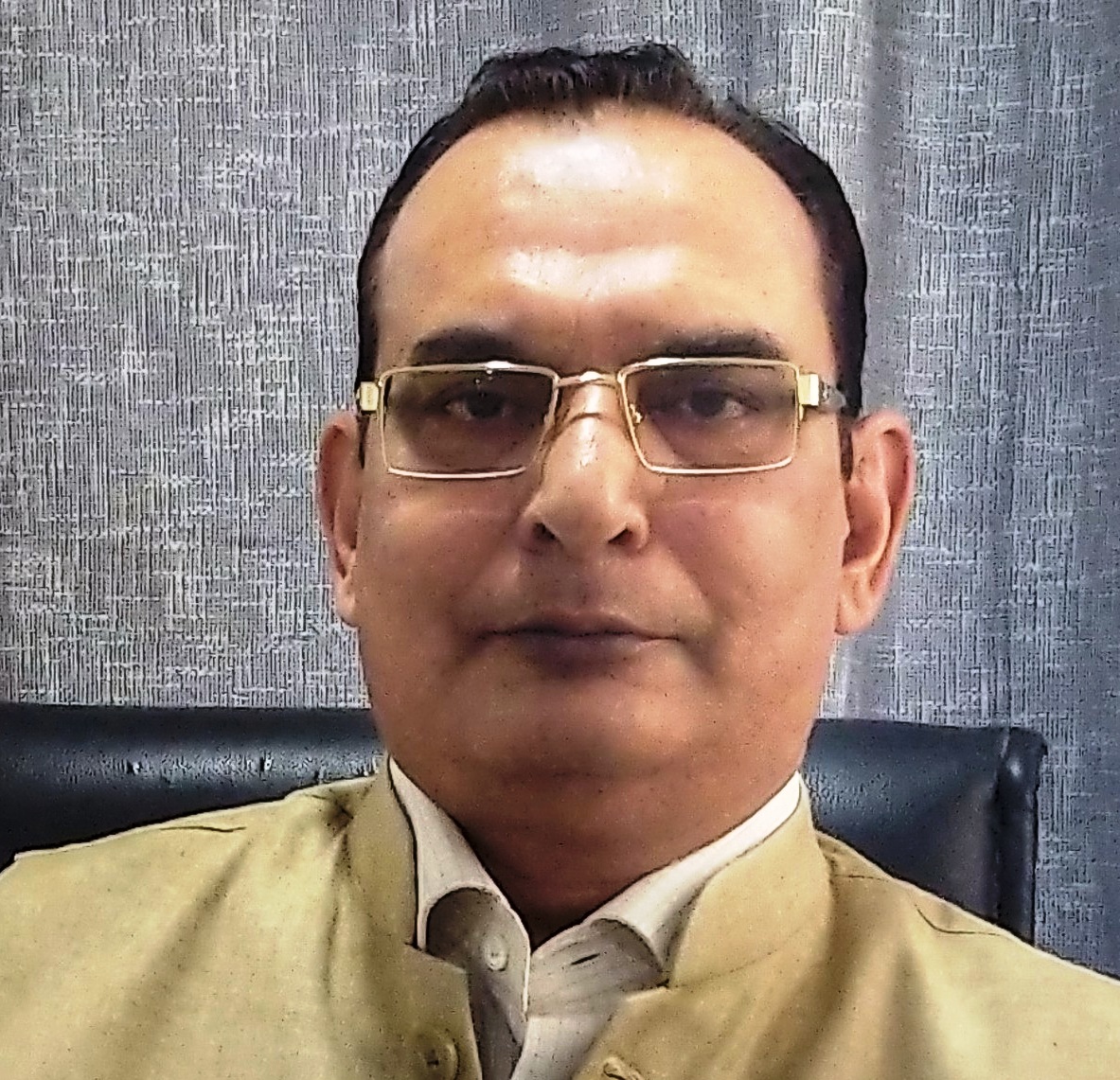
Mokhber was on a list of individuals and entities sanctioned by the European Union in 2010 for alleged involvement in activities concerning Iran’s nuclear and ballistic missile programmes. Two years later, the bloc removed him from the list. He is also seen as a man of action with longstanding experience in managing large-scale executive affairs.
Before his appointment to the vice presidency, Mokhber served for 14 years as head of Iran’s Setad, or the Organisation for the Execution of Imam Khomeini’s Order. Setad is a highly powerful economic conglomerate established under Iran’s first supreme leader, Ayatollah Ruhollah Khomeini, to focus on charitable affairs. It is now believed to be worth tens of billions of dollars and remains under the direct control of the Iranian supreme leader. Under his leadership, Setad developed COVIranBarekat, the main coronavirus vaccine manufactured by Iran.
(Asad Mirza is a senior journalist based in New Delhi. In his career spanning more than 20 years, he was also associated with BBC Urdu Service and Khaleej Times of Dubai. Views are personal.)






